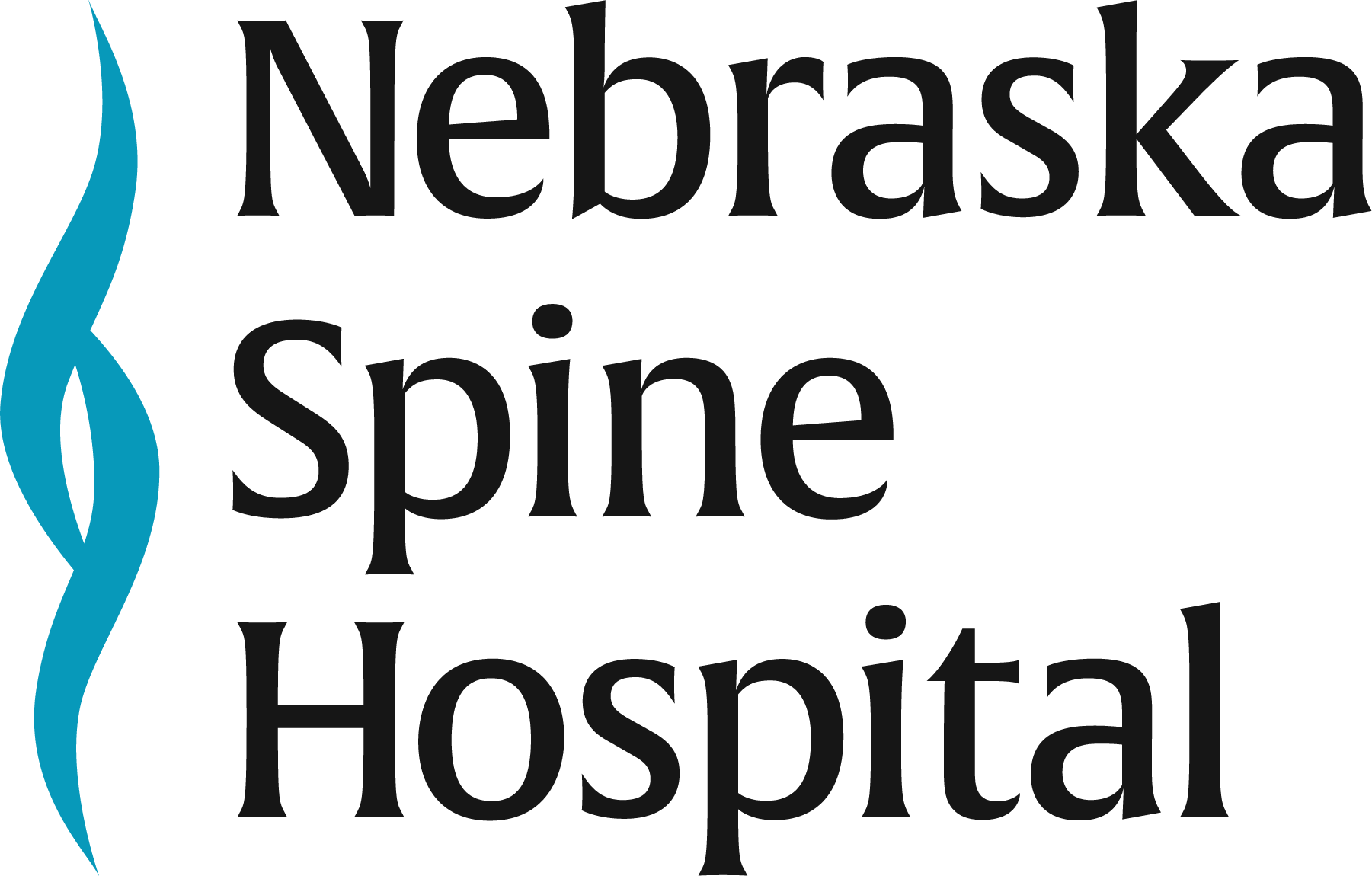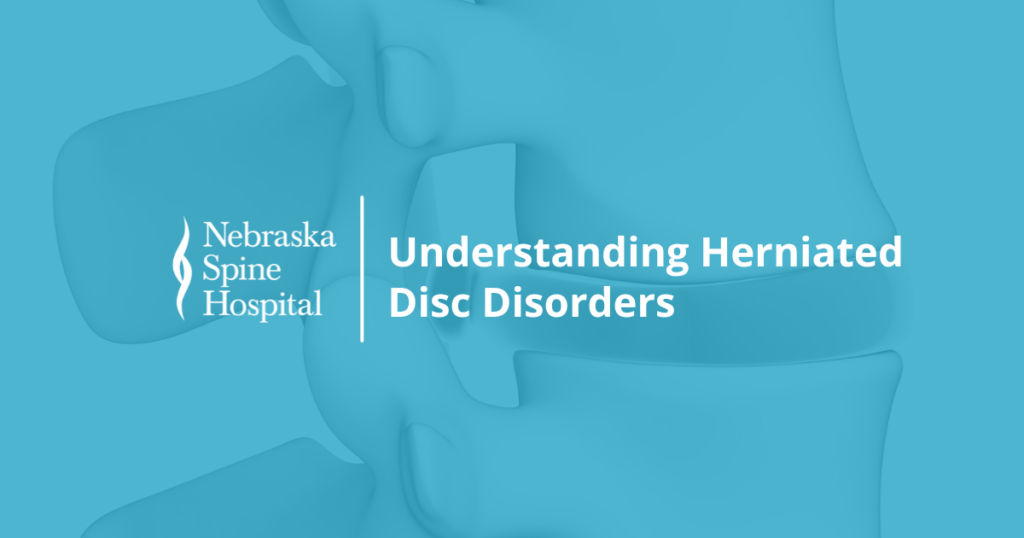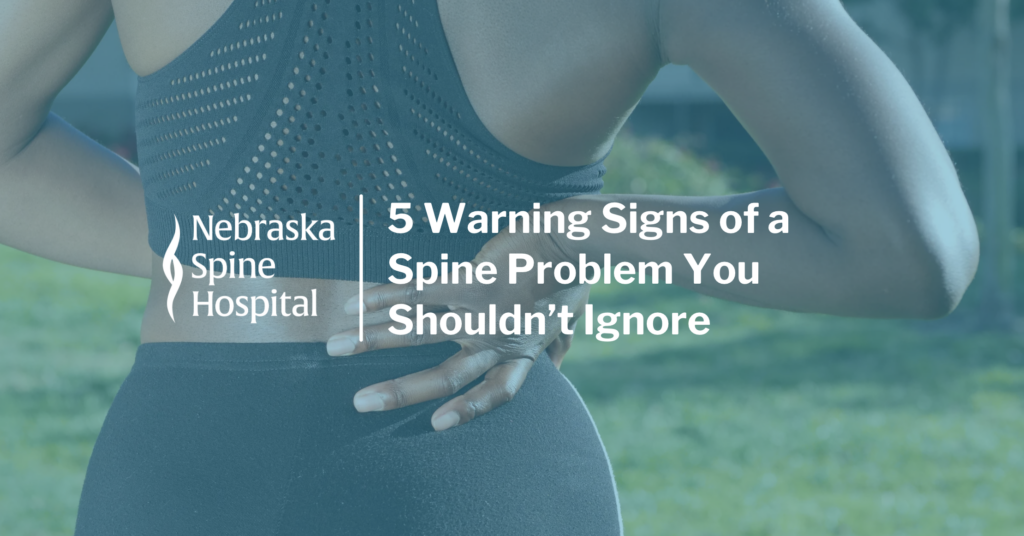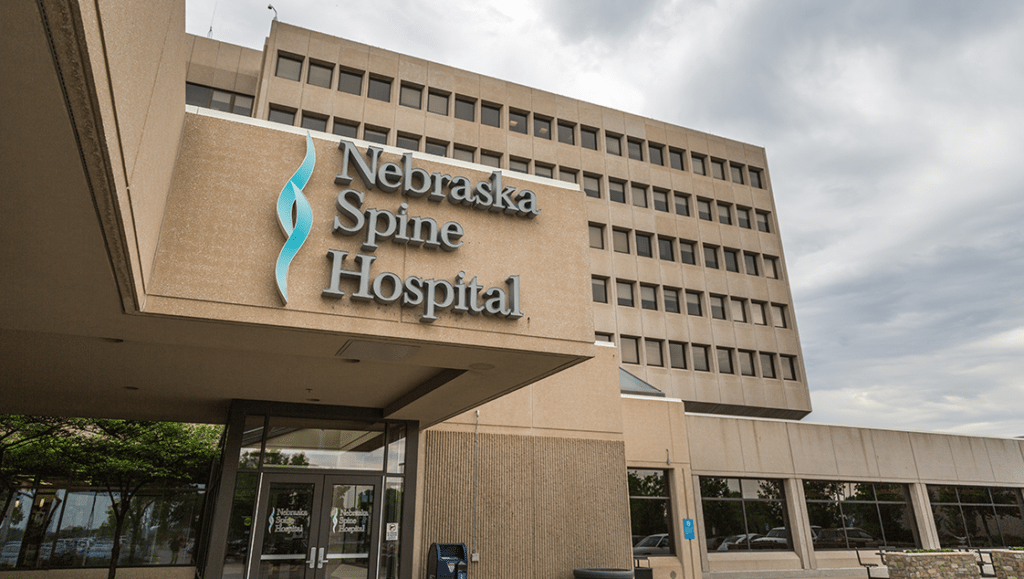The spine is composed of 26 bones called vertebrae, with discs in between them acting as cushions. These discs are made up of a jelly-like substance and play a crucial role in supporting the spine. However, sometimes, these a disc can become herniated or slipped, leading to various complications.
A herniated disc occurs when all or part of the disc is pushed through a weakened area in the spine, putting pressure on nearby nerves or the spinal cord. The lower back is most commonly affected by herniated discs, and the symptoms can vary depending on the location and severity of the herniation.
Some common symptoms of a herniated disc include:
- Pain that occurs on one side of the body.
- Sharp pain in the leg, hip, or buttocks, accompanied by numbness in other areas such as the back of the calf or sole of the foot. Weakness in the same leg might also be experienced, indicating a slipped disc in the lower spine.
- Pain when moving the neck or deep pain near the shoulder blade. This pain might radiate to the upper arm, forearm, and fingers, along with numbness in the shoulder, elbow, forearm, and fingers. These are typical symptoms of a slipped disc in the neck.
The pain caused by a herniated disc tends to worsen under certain circumstances, such as after prolonged standing or sitting, at night, during sneezing, coughing, or laughing, and when bending backward or walking for longer distances.
Diagnosing Herniated Disc Disorders
To diagnose a herniated disc, a careful physical examination and review of medical history are usually the first steps taken by doctors. Depending on the symptoms, the doctor will examine the neck, shoulders, arms, hands, lower back, hips, legs, and feet.
During the examination, the doctor will check for numbness or loss of feeling, test muscle reflexes, assess muscle strength, evaluate posture, and observe how the patient moves. Additional tests, such as walking on toes and heels, bending forward, backward, and sideways, and moving the neck in various directions, might be conducted.
Leg pain that occurs when sitting down and lifting the leg straight up is often an indication of a slipped disc in the lower back. Another test involves bending the head forward and to the sides while applying slight downward pressure on the top of the head. Increased pain or numbness during this test suggests pressure on a nerve in the neck.
In some cases, other diagnostic tests may be recommended, including electromyography (EMG) to determine the specific nerve root involved, myelogram to assess the size and location of the disc herniation, nerve conduction velocity test, spine MRI, or CT scan to visualize the position of the herniated disc in relation to the spinal canal, and spine x-ray to rule out other causes of back or neck pain.
Treatment Options
Initially, herniated discs are treated with rest, along with pain and anti-inflammatory medications. Physical therapy is often recommended to alleviate pain and improve range of motion. However, if symptoms persist, surgery to remove the herniated portion of the disc may be necessary.
At Nebraska Spine Hospital, our experienced healthcare team is dedicated to providing comprehensive care for individuals with herniated disc disorders. We understand the impact that these conditions can have on your daily life and are here to support you every step of the way. For more information and resources, please follow us on social and check back on the blog weekly.










